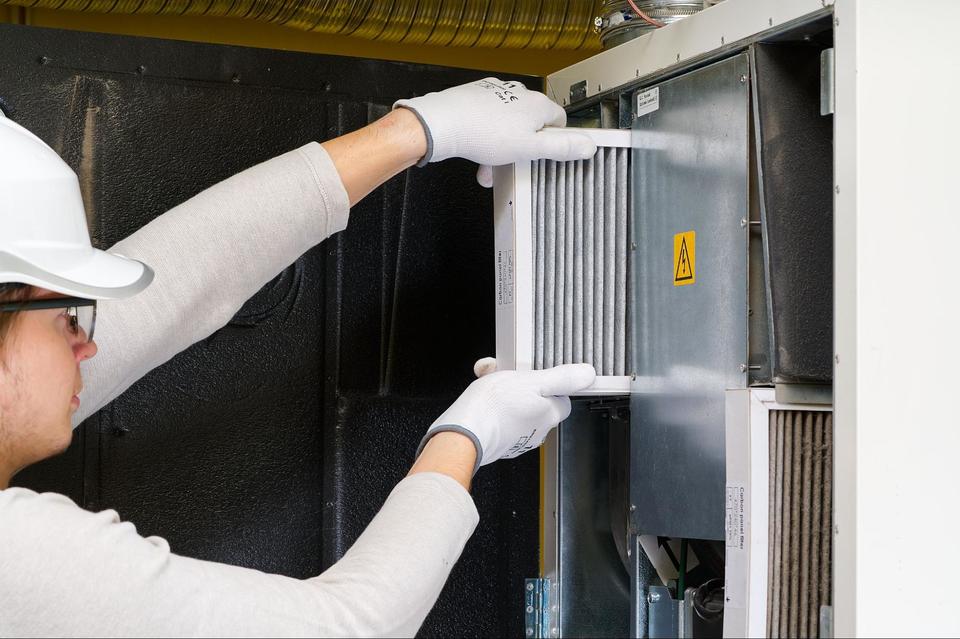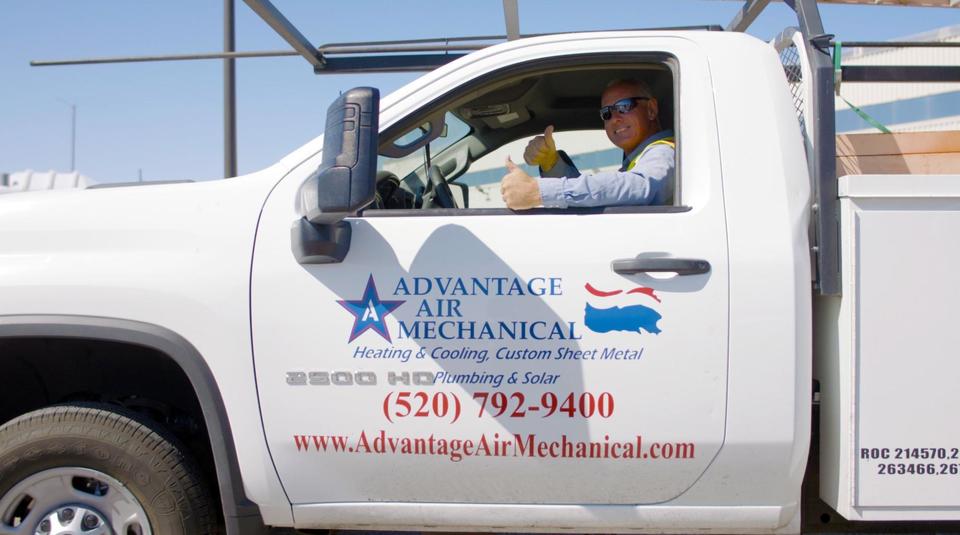The Parts of a Furnace and How They Work

Familiarizing yourself with the different parts of a furnace and their functions is invaluable for quick troubleshooting when your heating system encounters issues. Many common problems can be resolved without professional assistance, allowing you to save time and money. However, for more complex issues, it's advisable to consult an HVAC expert for accurate diagnosis and repair.
Although furnaces vary in design depending on the make and model, they share several core components. Here's a list of common furnace parts to guide you in identifying potential problems:
Addressing issues with many of these components can be straightforward and cost-effective. If your furnace is not performing optimally, don't hesitate to contact a heating professional for an assessment and repair estimate.
Find Out What's Causing Problems for Your Furnace
The HVAC experts at Advantage Air Mechanical are standing by to give you friendly, courteous service while we do a comprehensive heating tune-up. With honest, upfront prices and techs that never push an upsell, you get quality service, guaranteed.
Thermostat
The thermostat serves as the central control for your HVAC system, dictating when your air conditioner and furnace activate or deactivate. Setting the thermostat to a higher temperature prompts your furnace to exert more effort to achieve that level of warmth. Conversely, a lower temperature setting might result in inadequate heating of your home. If you're experiencing issues with maintaining a comfortable indoor climate, the first step is to check the thermostat's settings and verify its proper functioning.
Draft Inducer Motor
A motor powers the draft inducer, which pulls air into the heat exchanger, keeping the burners running at full capacity and helping to move air through the system. When the unit starts to make more noise, it's a sign that your draft inducer motor is giving out. If the draft inducer still gets power but doesn't turn on, you may need to replace the motor, which isn't a do-it-yourself repair for most people.
Pressure Switch
The pressure switch is a safety feature on your furnace. If it detects negative pressure, it shuts down the furnace. When a pressure switch goes bad or breaks, it can cause your furnace to short cycle several times in a row.
Ignition System
The ignition system provides the spark to burn the fuel that heats air and passes it through to your home. If the igniter isn't working, you'll feel cold air coming from your vents. While not a DIY project for most homeowners, it's a fairly inexpensive repair that doesn't take long for most furnaces.
Heat Exchanger
The heat exchanger is the thin metal piece between the combustion chamber and the blower. Air moved across the metal heats up and travels through the vents to heat your home. Replacing the heat exchanger is fairly expensive and often means it's time to replace your entire furnace unless your unit is new and still under warranty.
Blower Motor and Fan
The blower motor and fan play a crucial role in your heating system by distributing warm air through your vents. The motor drives the fan, which in turn generates the necessary airflow. If either the blower motor or the fan is malfunctioning, you may experience reduced air pressure from your vents or, in some cases, no airflow at all. Repairing a damaged blower motor or fan can be a cost-effective solution, depending on the extent of the damage and the overall repair costs.
Flue Pipe
The flue pipe acts as the exhaust system for your furnace. It provides a safe way to eliminate poisonous gasses that would otherwise build up inside your home. It works similarly to a chimney that expels smoke. If you notice any unpleasant odors from your furnace, it can be a sign of a clogged or broken flue pipe.
Air Filter
The furnace air filter is a replaceable part that you should swap out every one to three months. These disposable filters trap particles and reduce the air pollution in your home. If your furnace is running longer to produce the same amount of heat, it's a good idea to look at the filter and change it if it's dirty.
Limit Switch
The limit switch controls the blower motor and fan. When the right temperature is reached in the combustion chamber, it turns on the blower. This regulates temperature and works with the thermostat to keep your home at your desired warmth.
Is Your Furnace Acting Up? Get a Professional Assessment Today!

Contact Advantage Air Mechanical to schedule your next heating tune-up today! With more than 30 years of experience, our highly trained technicians are ready to diagnose and fix any make or model of furnace.
Related Articles